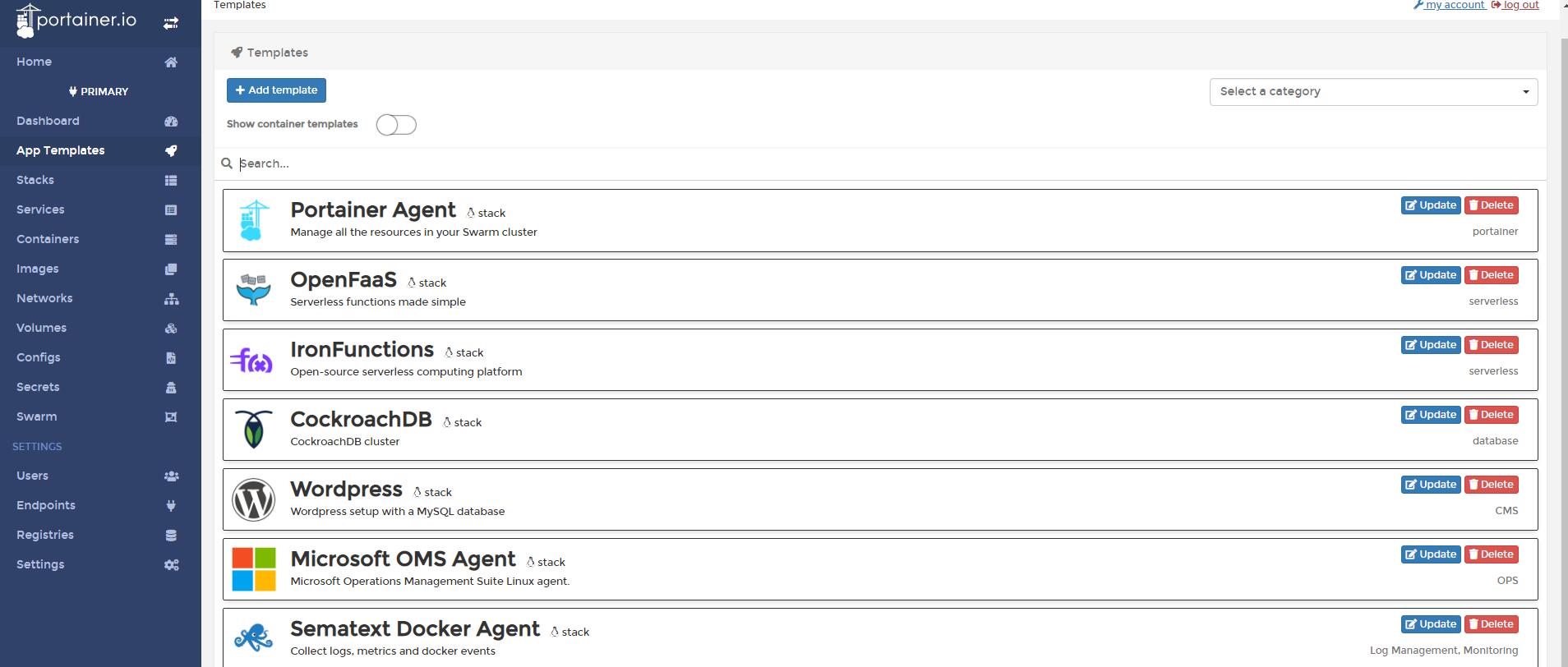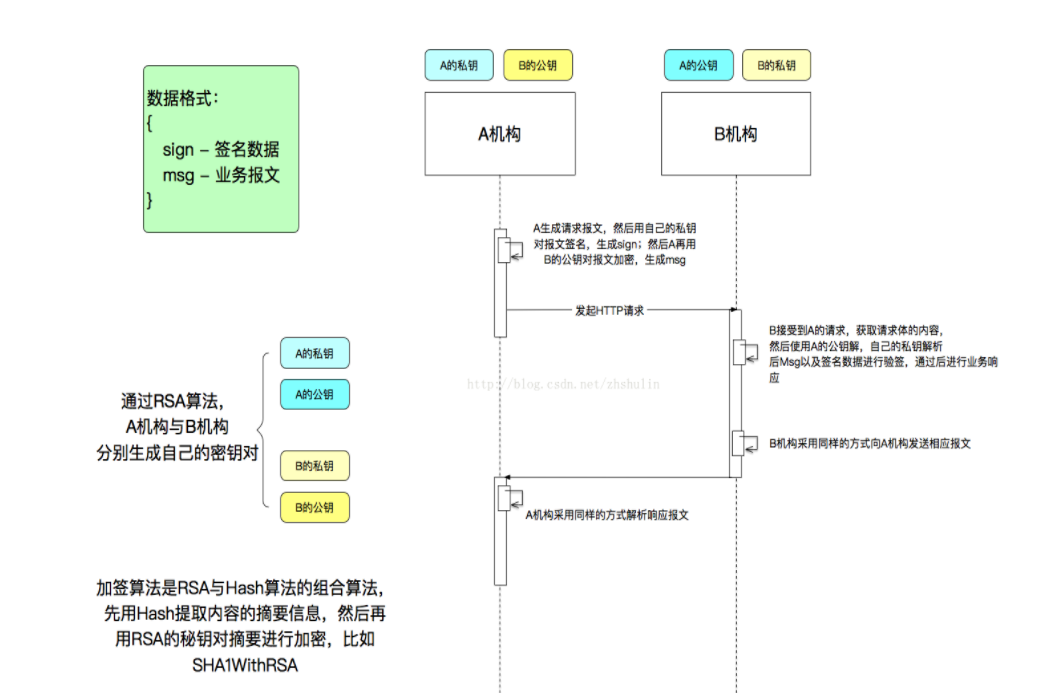I'm trying to achieve the stackView arrangement shown in the middle of this figure: , but for some reason the top stack, containing a collectionView, disappears when using: a .fill distribution
, but for some reason the top stack, containing a collectionView, disappears when using: a .fill distribution
stackView.distribution = .fill (stack containing collectionView disappears)
stackView.distribution = .fillEqually (collectionView appears fine in stackView)
I've been struggling with this for days, and you'll see residues in my commented out sections: setting compressionResistance/hugging priorities, attempting to change the intrinsic height, changing .layout.itemSize of UICollectionViewFlowLayout(), etc... Nothing works in my hands. The code here will run if you simply paste it in and associate it with an empty UIViewController. The top, collectionView stack contains a pickerView, and the stacks below that are a pageControllView, subStack of buttons, and a UIView. It all works fine in the .fillEqually distribution, so this is purely a layout issue. Much Thanks!
// CodeStackVC2
// Test of programmatically generated stack views
// Output: nested stack views
// To make it run:
// 1) Assign the blank storyboard VC as CodeStackVC2
// 2) Move the "Is Inital VC" arrow to the blank storyboard
import UIKit
class CodeStackVC2: UIViewController, UICollectionViewDataSource, UICollectionViewDelegate,UICollectionViewDelegateFlowLayout, UIGestureRecognizerDelegate {
let fruit = ["Apple", "Orange", "Plum", "Qiwi", "Banana"]
let veg = ["Lettuce", "Carrot", "Celery", "Onion", "Brocolli"]
let meat = ["Beef", "Chicken", "Ham", "Lamb"]
let bread = ["Wheat", "Muffin", "Rye", "Pita"]
var foods = [[String]]()
let button = ["bread","fruit","meat","veg"]
var sView = UIStackView()
let cellId = "cellId"
override func viewDidLoad() {
super.viewDidLoad()
foods = [fruit, veg, meat, bread]
setupViews()
}
//MARK: Views
lazy var cView: UICollectionView = {
let layout = UICollectionViewFlowLayout()
layout.scrollDirection = .horizontal
layout.minimumLineSpacing = 0
layout.sectionInset = UIEdgeInsets(top: 5, left: 5, bottom: 5, right: 5)
layout.itemSize = CGSize(width: self.view.frame.width, height: 120)
let cv = UICollectionView(frame: self.view.frame, collectionViewLayout: layout)
cv.backgroundColor = UIColor.lightGray
cv.isPagingEnabled = true
cv.dataSource = self
cv.delegate = self
cv.isUserInteractionEnabled = true
// var intrinsicContentSize: CGSize {
// return CGSize(width: UIViewNoIntrinsicMetric, height: 120)
// }
return cv
}()
lazy var pageControl: UIPageControl = {
let pageC = UIPageControl()
pageC.numberOfPages = self.foods.count
pageC.pageIndicatorTintColor = UIColor.darkGray
pageC.currentPageIndicatorTintColor = UIColor.white
pageC.backgroundColor = .lightGray
pageC.addTarget(self, action: #selector(changePage(sender:)), for: UIControlEvents.valueChanged)
// pageC.setContentHuggingPriority(900, for: .vertical)
// pageC.setContentCompressionResistancePriority(100, for: .vertical)
return pageC
}()
var readerView: UIView = {
let rView = UIView()
rView.backgroundColor = UIColor.brown
// rView.setContentHuggingPriority(100, for: .vertical)
// rView.setContentCompressionResistancePriority(900, for: .vertical)
return rView
}()
func makeButton(_ name:String) -> UIButton{
let newButton = UIButton(type: .system)
let img = UIImage(named: name)?.withRenderingMode(.alwaysTemplate)
newButton.setImage(img, for: .normal)
newButton.contentMode = .scaleAspectFit
newButton.addGestureRecognizer(UITapGestureRecognizer(target: self, action: #selector(handleButton)))
newButton.isUserInteractionEnabled = true
newButton.backgroundColor = .orange
return newButton
}
//Make a 4-item vertical stackView containing
//cView,pageView,subStackof 4-item horiz buttons, readerView
func setupViews(){
cView.register(FoodCell.self, forCellWithReuseIdentifier: cellId)
//generate an array of buttons
var buttons = [UIButton]()
for i in 0...foods.count-1 {
buttons += [makeButton(button[i])]
}
let subStackView = UIStackView(arrangedSubviews: buttons)
subStackView.axis = .horizontal
subStackView.distribution = .fillEqually
subStackView.alignment = .center
subStackView.spacing = 20
//set up the stackView
let stackView = UIStackView(arrangedSubviews: [cView,pageControl,subStackView,readerView])
stackView.axis = .vertical
//.fillEqually works, .fill deletes cView, .fillProportionally & .equalSpacing delete cView & readerView
stackView.distribution = .fillEqually
stackView.alignment = .fill
stackView.spacing = 5
//Add the stackView using AutoLayout
view.addSubview(stackView)
stackView.translatesAutoresizingMaskIntoConstraints = false
stackView.topAnchor.constraint(equalTo: view.topAnchor, constant: 5).isActive = true
stackView.leadingAnchor.constraint(equalTo: view.leadingAnchor).isActive = true
stackView.trailingAnchor.constraint(equalTo: view.trailingAnchor).isActive = true
stackView.bottomAnchor.constraint(equalTo: view.bottomAnchor).isActive = true
}
func handleButton() {
print("button pressed")
}
//pageControl page changer
func changePage(sender: AnyObject) -> () {
let x = CGFloat(pageControl.currentPage) * cView.frame.size.width
cView.setContentOffset(CGPoint(x:x, y:0), animated: true)
}
//MARK: horizontally scrolling Chapter collectionView
func scrollViewDidScroll(_ scrollView: UIScrollView) {
// let scrollBarLeft = CGFloat(scrollView.contentOffset.x) / CGFloat(book.chap.count + 1)
// let scrollBarWidth = CGFloat( menuBar.frame.width) / CGFloat(book.chap.count + 1)
}
func scrollViewWillEndDragging(_ scrollView: UIScrollView, withVelocity velocity: CGPoint, targetContentOffset: UnsafeMutablePointer<CGPoint>) {
let index = targetContentOffset.pointee.x / view.frame.width
pageControl.currentPage = Int(index) //change PageControl indicator
}
func collectionView(_ collectionView: UICollectionView, numberOfItemsInSection section: Int) -> Int {
return foods.count
}
func collectionView(_ collectionView: UICollectionView, cellForItemAt indexPath: IndexPath) -> UICollectionViewCell {
let cell = collectionView.dequeueReusableCell(withReuseIdentifier: cellId, for: indexPath) as! FoodCell
cell.foodType = foods[indexPath.item]
return cell
}
func collectionView(_ collectionView: UICollectionView, layout collectionViewLayout: UICollectionViewLayout, sizeForItemAt indexPath: IndexPath) -> CGSize {
return CGSize(width: view.frame.width, height: 120)
}
}
class FoodCell:UICollectionViewCell, UIPickerViewDelegate, UIPickerViewDataSource {
var foodType: [String]? {
didSet {
pickerView.reloadComponent(0)
pickerView.selectRow(0, inComponent: 0, animated: true)
}
}
lazy var pickerView: UIPickerView = {
let pView = UIPickerView()
pView.frame = CGRect(x:0,y:0,width:Int(pView.bounds.width), height:Int(pView.bounds.height))
pView.delegate = self
pView.dataSource = self
pView.backgroundColor = .darkGray
return pView
}()
override init(frame: CGRect) {
super.init(frame: frame)
setupViews()
}
func setupViews() {
backgroundColor = .clear
addSubview(pickerView)
addConstraintsWithFormat("H:|[v0]|", views: pickerView)
addConstraintsWithFormat("V:|[v0]|", views: pickerView)
}
required init?(coder aDecoder: NSCoder) {
fatalError("init(coder:) has not been implemented")
}
func numberOfComponents(in pickerView: UIPickerView) -> Int {
return 1
}
func pickerView(_ pickerView: UIPickerView, numberOfRowsInComponent component: Int) -> Int {
if let count = foodType?.count {
return count
} else {
return 0
}
}
func pickerView(_ pickerView: UIPickerView, viewForRow row: Int, forComponent component: Int, reusing view: UIView?) -> UIView {
let pickerLabel = UILabel()
pickerLabel.font = UIFont.systemFont(ofSize: 15)
pickerLabel.textAlignment = .center
pickerLabel.adjustsFontSizeToFitWidth = true
if let foodItem = foodType?[row] {
pickerLabel.text = foodItem
pickerLabel.textColor = .white
return pickerLabel
} else {
print("chap = nil in viewForRow")
return UIView()
}
}
}




